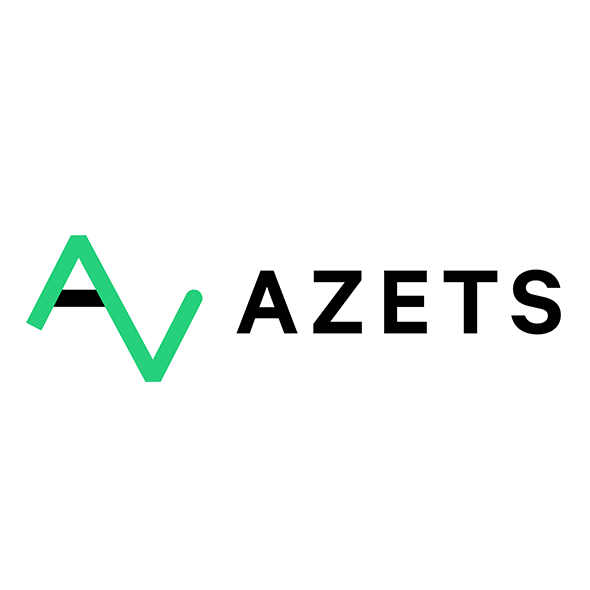Pay transparency is making its way into Danish businesses, and it’s already essential to understand what impact it may have on your company. But what exactly does the Pay Transparency Directive involve, and what questions remain unanswered? In this article, we explore the expected benefits and challenges of embedding pay transparency into the workplace culture and business landscape in Denmark.
It’s difficult to say with certainty what the new directive will bring, as Denmark has yet to implement the specific legislation that will apply to local businesses. However, the EU’s Pay Transparency Directive, along with broad consensus among experts, points to clear trends and potential implications in the push for pay equity across EU member states.
What is pay transparency?
Pay transparency refers to the extent to which salary information is openly shared within an organisation. The objective is to give both employees and employers visibility into pay levels and to help close the gender pay gap. It involves access to information about gender-based pay differences, alongside clear requirements for transparency in pay policies and negotiations.
The benefits of the EU Directive
There are numerous potential benefits for both employees and employers once implementation is complete. Chief among them is the directive’s goal of uncovering and reducing gender pay disparities – helping to promote equal pay. Additionally, the new rules are expected to provide employees with deeper insights into pay structures, enabling them to pursue fair compensation with greater confidence.
It’s not just employees who stand to benefit. Increased transparency is also likely to enhance trust between staff and management. Furthermore, companies that embrace openness can differentiate themselves in the job market, using transparency as a tool to attract and retain top talent.
Expected benefits of the Pay Transparency Directive:
- Greater employee satisfaction: Transparency around equal pay can build trust among staff and boost the company’s reputation as a fair employer.
- Refinement of pay structures: Reviewing salary data can reveal inefficiencies or inconsistencies in pay systems that can then be addressed.
- Enhanced employer branding: Companies that take pay transparency seriously can position themselves as desirable workplaces, aiding recruitment and retention efforts.
- Informed decision-making: A clearer picture of pay data enables more strategic, evidence-based business decisions.
The challenges of Pay Transparency
While it’s hard to identify outright disadvantages, the shift towards transparency will present some challenges. Chief among these is the administrative burden – reporting requirements, pay analyses, and data gathering can place significant demands on time and resources. Companies must also strike a careful balance between transparency and data privacy, ensuring compliance with both the forthcoming Danish laws and the EU directive.
Another possible challenge is internal friction. If salary disparities become visible and lack objective justification, it could lead to discontent among staff and impact morale.
That said, most of these issues can be addressed – but only if your business starts preparing for pay transparency today.
Need support?
At Azets, we provide expert legal guidance and support with data and reporting for businesses of all sizes. Our specialists closely monitor legislative developments and are ready to deliver accurate, timely, and professional assistance – so you can stay focused on your business.
Want to know more? Don’t hesitate to get in touch.
Read more about the Pay Transparency Directive here
FAQ about Pay Transparency
What is the Pay Transparency Directive?
When does the Pay Transparency Directive come into force?
Who will be covered by the Pay Transparency Directive?
What requirements does the Pay Transparency Directive place on employers?
How can companies prepare for pay transparency?
